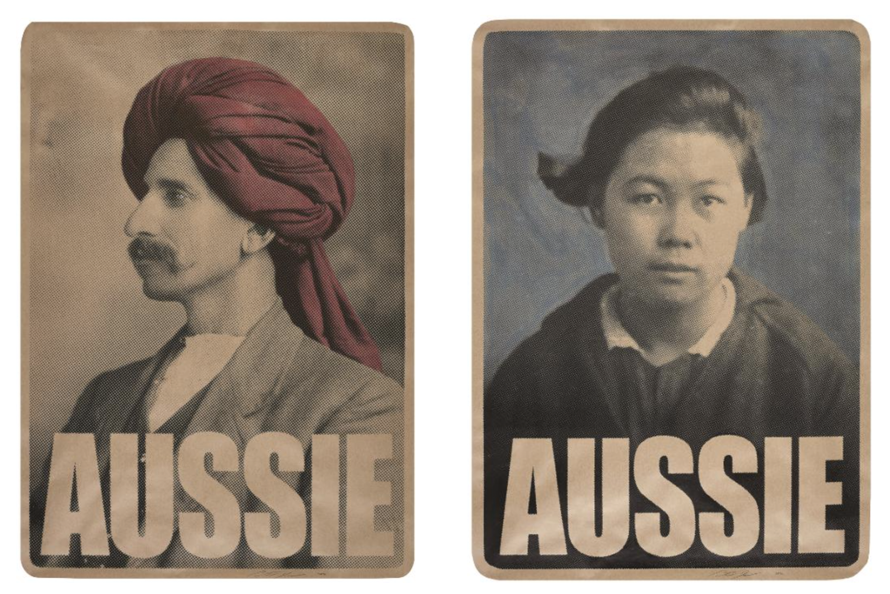The Australian National Maritime Museum
Before this project, I was quite unfamiliar to the unique and important work achieved by the Australian National Maritime Museum. What I previously did not realise was the highly complex and diverse nature of Australian waterways and its associated stories of resilience and loss.
Upon our recent visit to the museum, I was amazed at my initial sighting of their Welcome Wall which has almost 30,000 names of people who have travelled from various locations to make Australia their home. The inscriptions not only highlight the diversity of the Australian community but further stress the museum’s central message for national unity and multiculturalism. Herein, while the Maritime Museum is home to significant naval vessels and boats, it is more importantly a centre for the many unique stories of human triumph and tragedy.

A Focus on Migration
Since the arrival of the First Fleet in 1788, approximately 10 million settlers have moved from across the world to start a new life in Australia. This significant figure is reflected in the over 10,000 objects in the Maritime Museum’s collection which relate to Australia’s rich immigration history. Whether beginning from Indigenous fisherman who initially explored the Australian waterways, or to the over 15,000 asylum seekers accepted in Australia between 2019-20, migration through the Australian waterways has continued to be a highly prevalent experience within the national identity.
My initial interaction with Australian naval matters was through previous readings about the SIEV-X incident of 2001. This tragedy brings to light the highly politicised nature of Australian maritime control, in conjunction with revealing the complexity of the waterways for being both a symbol for hope and immense loss. In this realisation, my research extended to the Maritime Museum’s work in displaying Australia’s rich immigration history.
Here, I found their 2020 National Maritime Collection conducted by Peter Dew. Drew’s repurposing of photographs from the National Archives incites commentary on the treatment of asylum seekers specifically during the White Australia Policy, but further extends his critique on current issues of non-European immigration. The striking images of Monga Khan and Gladys Sym Choon dressed in cultural attire is superimposed with the word ‘AUSSIE’. Through highlighting the struggles of integration for asylum seekers, Drew captures the paradoxical experience of non-European immigration to Australia and provokes important conversation about what epitomises a ‘real Australian’. In doing so, the museum does essential work to humanise the marginalised and difficult experiences of migration by sea. Through its exhibits, it challenges traditional narratives of national identity, to rather empower the diverse communities who lack agency to tell their story.

Future Project
Despite not having begun volunteering work with the museum, the project will be based upon a donated object which can be potentially brought into the National Maritime Collection. I hope to positively assist the museum through continuing their work in growing awareness of the migrant experience to Australia. Through developing my understanding of the curatorial process, I hope to learn how to effectively empower and give agency to marginalised communities who reside outside traditional national frameworks. The Australian National Maritime Museum plays an important role in conveying the tumultuous experience of migration, where I look forward to future collaboration with their team to further investigate this rich history of Australia.
